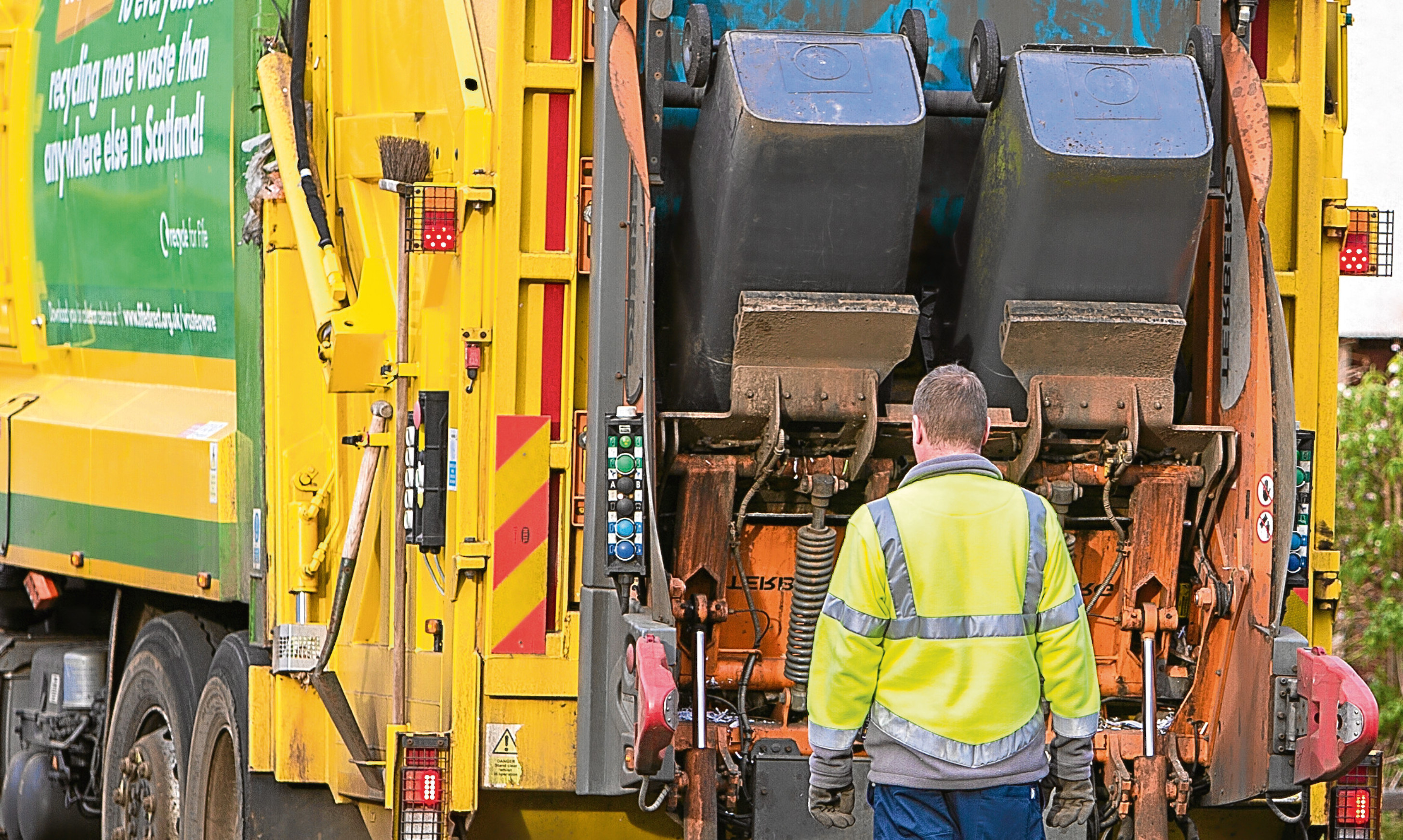While the focus north and south of the border is on the general election, voters could do a little to change their lives by choosing the most competent councillors in tomorrow’s local ballots.
As this paper pointed out on Monday, the remit of councillors is broad, with decisions taken at local level affecting everything from education, economic development, roads and public transport, to bin collections and leisure facilities.
And unlike the June poll, these elections, in Scotland at least, are run on a Single Transferable Vote system, a type of proportional representation that typically results in no one party obtaining a clear majority.
Many councils across Scotland are led by minority groups, or coalitions, which should mean (but, of course, doesn’t always) that partisan preoccupations take second place to public interests.
For Scottish voters, the general election may be a straight battle over a second independence referendum, but tomorrow they can select the candidates they think will serve them best. So, if the current local representative has ignored repeated complaints about lorries thundering down residential streets, the electorate can vote for someone else. And if a councillor has spent his time in office waging constitutional wars instead of concentrating on improving schools, the voter can register displeasure on the ballot paper.
The advantage of Scotland’s local voting system is that it is harder for councillors to turn town halls into platforms for their single-issue obsessions.
Ever since Jack McConnell – his hand forced by his Lib Dem coalition partners at Holyrood – introduced proportional representation, Scotland’s one-party hegemony at local level has all but disappeared.
The stranglehold of the Labour Party over councils came to an end and the historic corruption of authorities such as Lanarkshire was exposed. That, unfortunately, was not the end of local politicians using their position to pursue party objectives – North Lanarkshire again a case in point – with Labour and SNP councillors engaged in bitter infighting that is surely a distraction from delivering public services.
Labour’s local vote has apparently collapsed, according to those on the doorsteps, which does spark fears, among some of us, that the SNP will make gains.
Scotland will not benefit from the party’s takeover locally any more than it has done nationally and voters should think carefully about what they want.
The Nationalists are not driven by a desire to make our roads safer and our houses more affordable. Their chief concern is achieving separation from the rest of Britain, which has led to a neglect of their devolved responsibilities in government.
The SNP spent 43 hours debating independence and none on education, said the broadcaster Andrew Neil, questioning Alex Salmond on the BBC on Sunday.
Why, said Mr Neil, if Nicola Sturgeon listed education as her top priority, were one in five schoolchildren leaving primary school functionally illiterate, standards in reading, science and maths falling, and class sizes going up.
Mr Salmond insisted Scottish councils had been well funded but, in fact, his party has cut a reported £1.5 billion from local services, including schools, since coming to power in 2011.
The justification was to pay for a freeze in council tax, which has proved popular with voters and helped the SNP secure electoral triumphs. But such bribes exact a price in the end.
Voters can use tomorrow’s election to play off one councillor against another, knowing that their votes really make a difference. They can vote for individuals rather than parties or they can spread the risk and vote for several parties, in order of preference.
But if they want to punish those who are most culpable for the state of their schools, roads, local economy and housing – that is, the Scottish Government – now is their chance.
A downturn in SNP fortunes locally may encourage the Nationalists to reconsider, ahead of June 8, what is important to the country.
